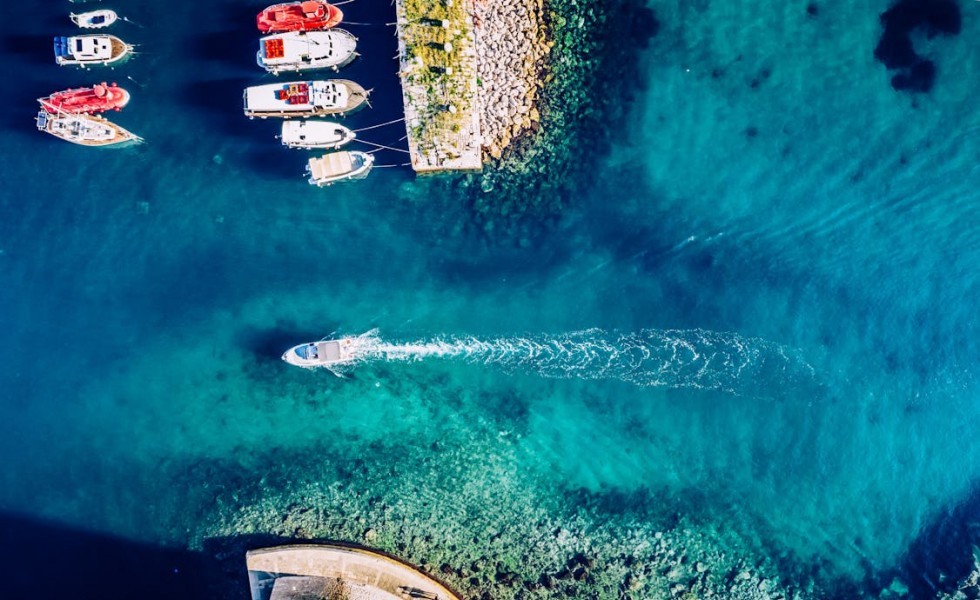Search for cities, countries, lakes and rivers
Seas & Oceans Water Temperature: Current & Historical Data for Coastal Resorts
Information about the water temperature in all seas and oceans on the globe
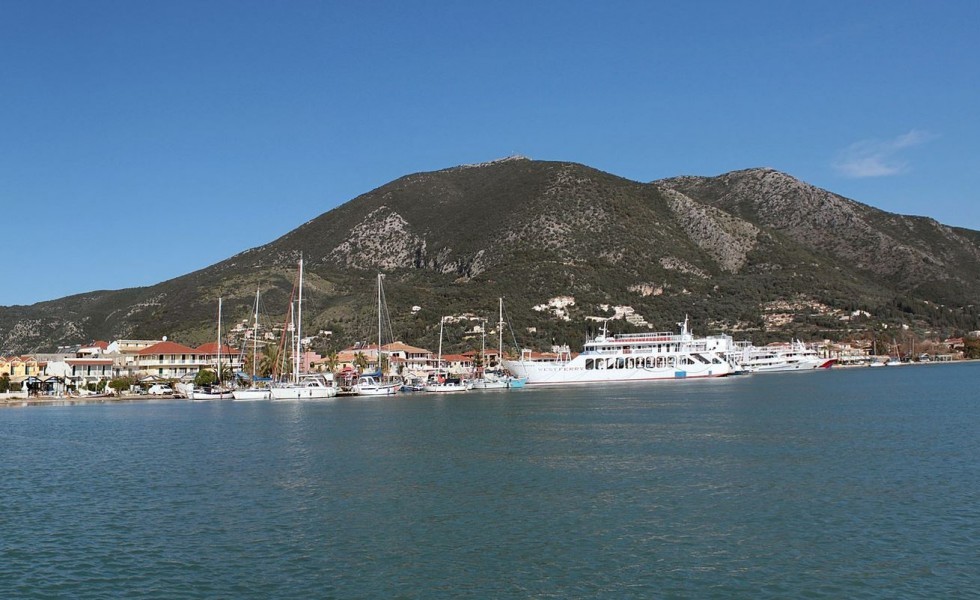
We find every spot where you can swim and tell you what the water temperature is there today and throughout the year
Swimming in Seas and Oceans: The Role of Water Temperature
Swimming in seas and oceans is one of the most enjoyable outdoor activities, providing relaxation, recreation, and physical exercise. However, the experience largely depends on water temperature, which can vary significantly across different regions and seasons. Water temperature plays a crucial role in determining the comfort and safety of swimming, as exposure to extremely cold or warm waters can have serious effects on the human body.
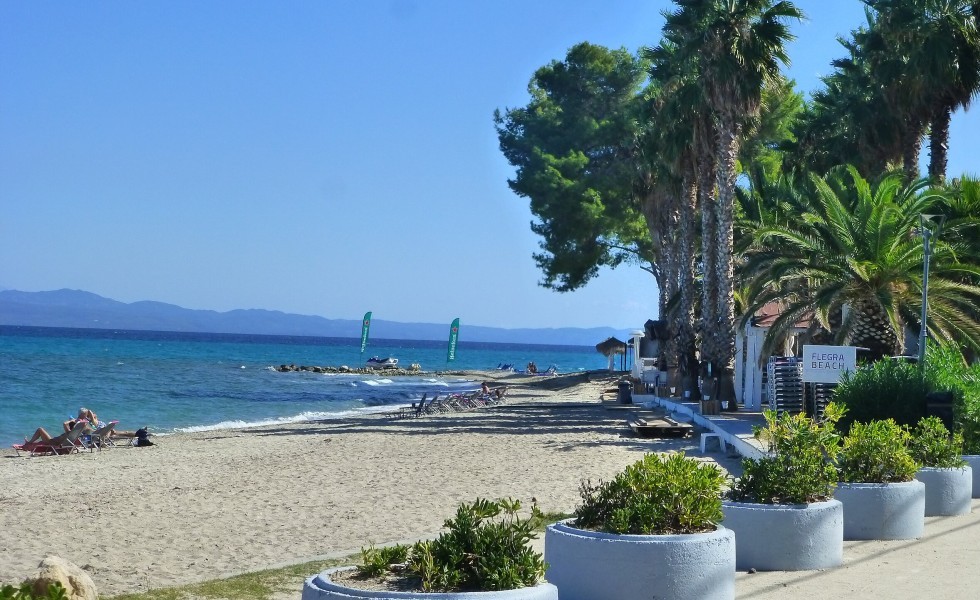
Cold Waters (Below 10°C / 50°F)
Water temperatures in this range are still quite cold for an average swimmer. These conditions can be found in the North Sea, the Baltic Sea in early spring, and coastal waters around the UK. Although possible to swim in, prolonged exposure without a wetsuit can lead to discomfort, numbness, and eventual hypothermia. Swimmers should limit their time in the water and be aware of their body's reactions.
Cool Waters (10°C - 15°C / 50°F - 59°F)
Swimming in water below 10°C is extremely challenging and is typically reserved for experienced swimmers or those trained in cold-water exposure. These temperatures are common in the Arctic Ocean, parts of the North Atlantic, and the Southern Ocean. Without proper thermal protection, such as a wetsuit, immersion in cold water can lead to rapid hypothermia, reduced muscle function, and even cold-water shock. Winter swimmers or ice swimmers often train their bodies to adapt, but for most people, staying in such water for more than a few minutes is not advisable.
Moderate Waters (15°C - 20°C / 59°F - 68°F)
At these temperatures, swimming becomes more tolerable for most people, but still feels refreshing or even chilly, depending on personal tolerance. The Black Sea, the Mediterranean in early summer, and the Pacific coast of California often fall within this range. While many people enjoy swimming in these conditions, staying active in the water is key to maintaining body warmth. Some may prefer wearing a wetsuit for longer swims.
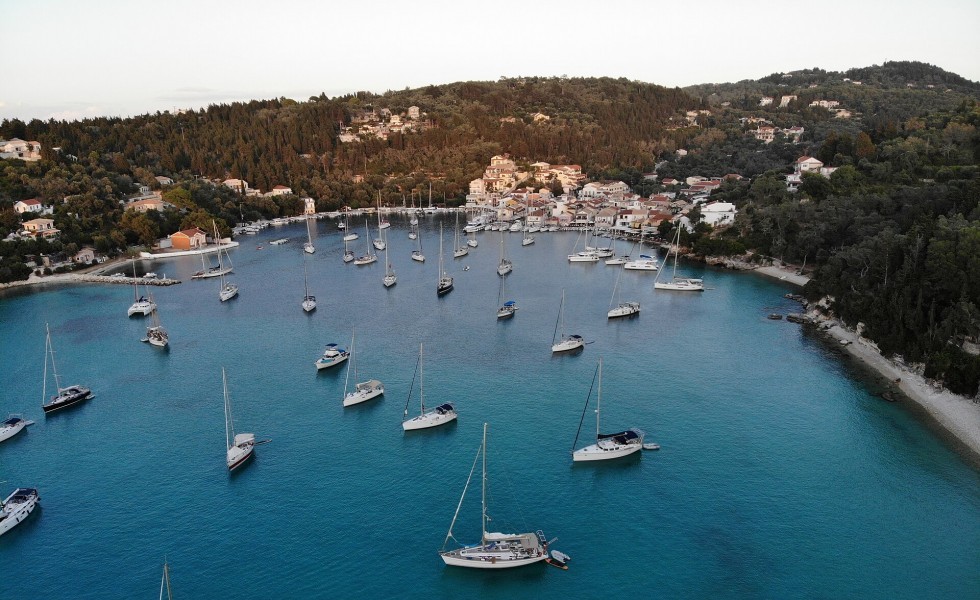
Warm Waters (20°C - 26°C / 68°F - 79°F)
This is the ideal range for most recreational swimmers. The Caribbean Sea, the Red Sea, and the Gulf of Mexico commonly reach these temperatures, making them some of the most sought-after destinations for beachgoers. Swimming in this range is generally comfortable, and no special precautions are needed unless there are strong currents or other environmental factors to consider.
Hot Waters (Above 26°C / 79°F)
Water temperatures above 26°C are extremely warm and can be found in tropical regions, such as the Indian Ocean and parts of the Pacific near the equator. While pleasant for swimming, prolonged exposure to very warm water can lead to dehydration and overheating. It is important to stay hydrated and take breaks to avoid excessive sun exposure and fatigue.
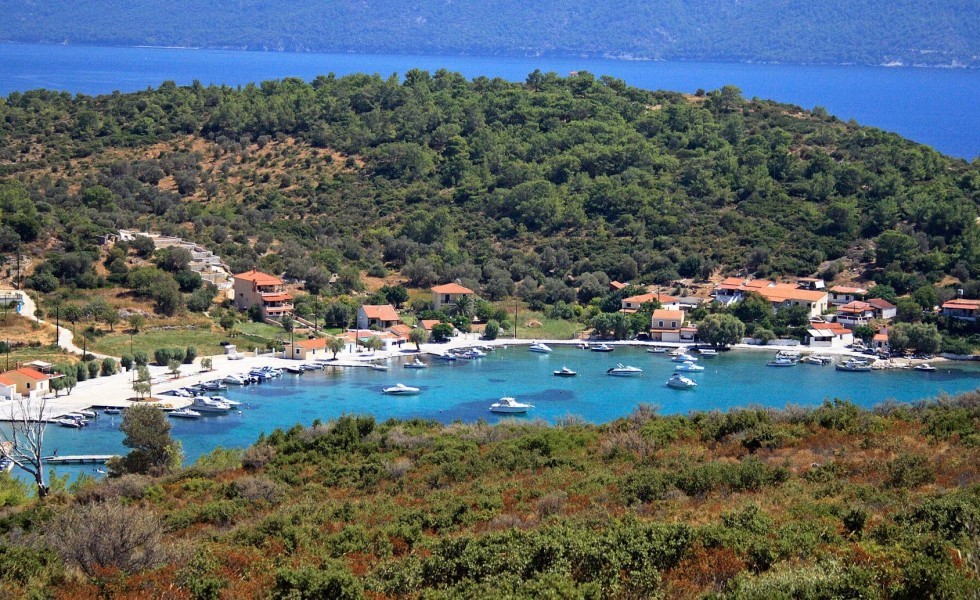
Water temperature is a key factor in determining the swimming experience in seas and oceans. While warm waters provide a comfortable and relaxing environment, colder temperatures require caution and proper preparation. Whether swimming in the icy waters of the Arctic or the warm shores of the Caribbean, understanding the impact of water temperature can ensure a safe and enjoyable experience in the world's seas and oceans.
List of Seas and Oceans
- Adriatic Sea
- Aegean Sea
- Alboran Sea
- Andaman Sea
- Arabian Sea
- Arafura Sea
- Arctic Ocean
- Argentinean Sea
- Atlantic Ocean
- Avacha Bay
- Baffin Sea
- Balearic Sea
- Bali Sea
- Baltic Sea
- Banda Sea
- Barents Sea
- Bay of Bengal
- Bay of Biscay
- Bering Sea
- Bismarck Sea
- Black Sea
- Bohol Sea
- Camotes Sea
- Caribbean Sea
- Caspian Sea
- Celebes Sea
- Celtic Sea
- Chukchi Sea
- Coral Sea
- Dead Sea
- East China Sea
- East-Siberian Sea
- English Channel
- Fiji Sea
- Flores Sea
- Gulf of Aden
- Gulf of America
- Gulf of Bothnia
- Gulf of California
- Gulf of Finland
- Gulf of Guinea
- Gulf of Oman
- Gulf of Thailand
- Halmahera Sea
- Hudson Bay
- Indian Ocean
- Ionian Sea
- Irish Sea
- Java Sea
- Kara Sea
- Laccadive Sea
- Ligurian Sea
- Mediterranean Sea
- Moluccan Sea
- North Sea
- Norwegian Sea
- Pacific Ocean
- Persian Gulf
- Philippine Sea
- Red Sea
- Salish Sea
- Savu Sea
- Sea of Azov
- Sea of Crete
- Sea of Japan
- Sea of Marmara
- Sea of Okhotsk
- Seram Sea
- Seto Inland Sea
- Sibuyan Sea
- Solomon Sea
- South China Sea
- Strait of Gibraltar
- Sulu Sea
- Tasman Sea
- Thracian Sea
- Tyrrhenian Sea
- Visayan Sea
- Wadden Sea
- White Sea
- Yellow Sea
